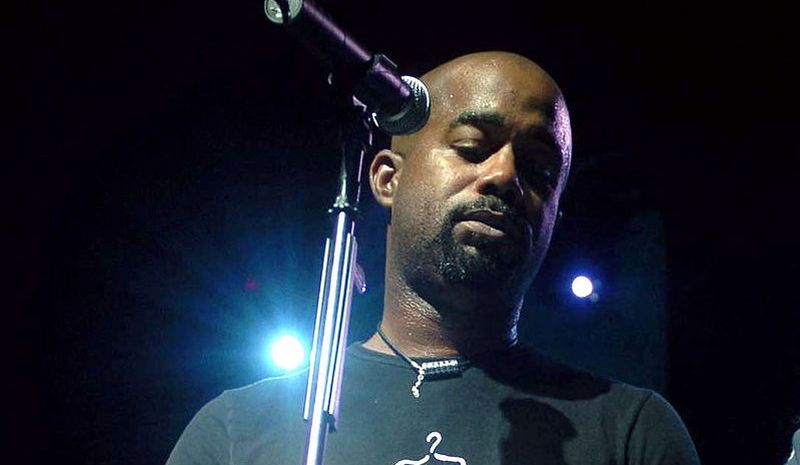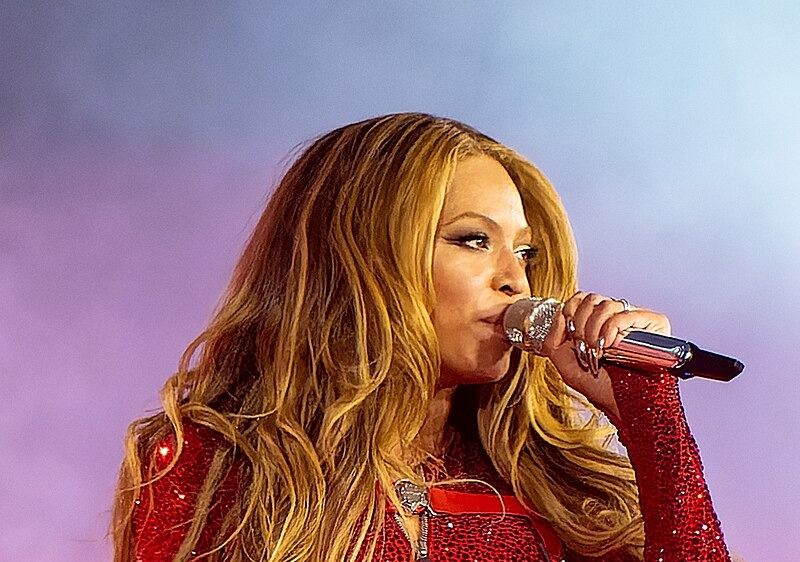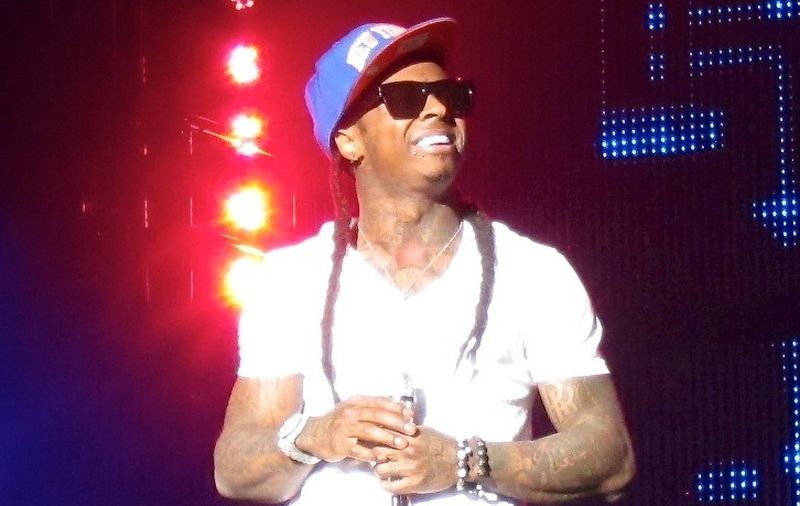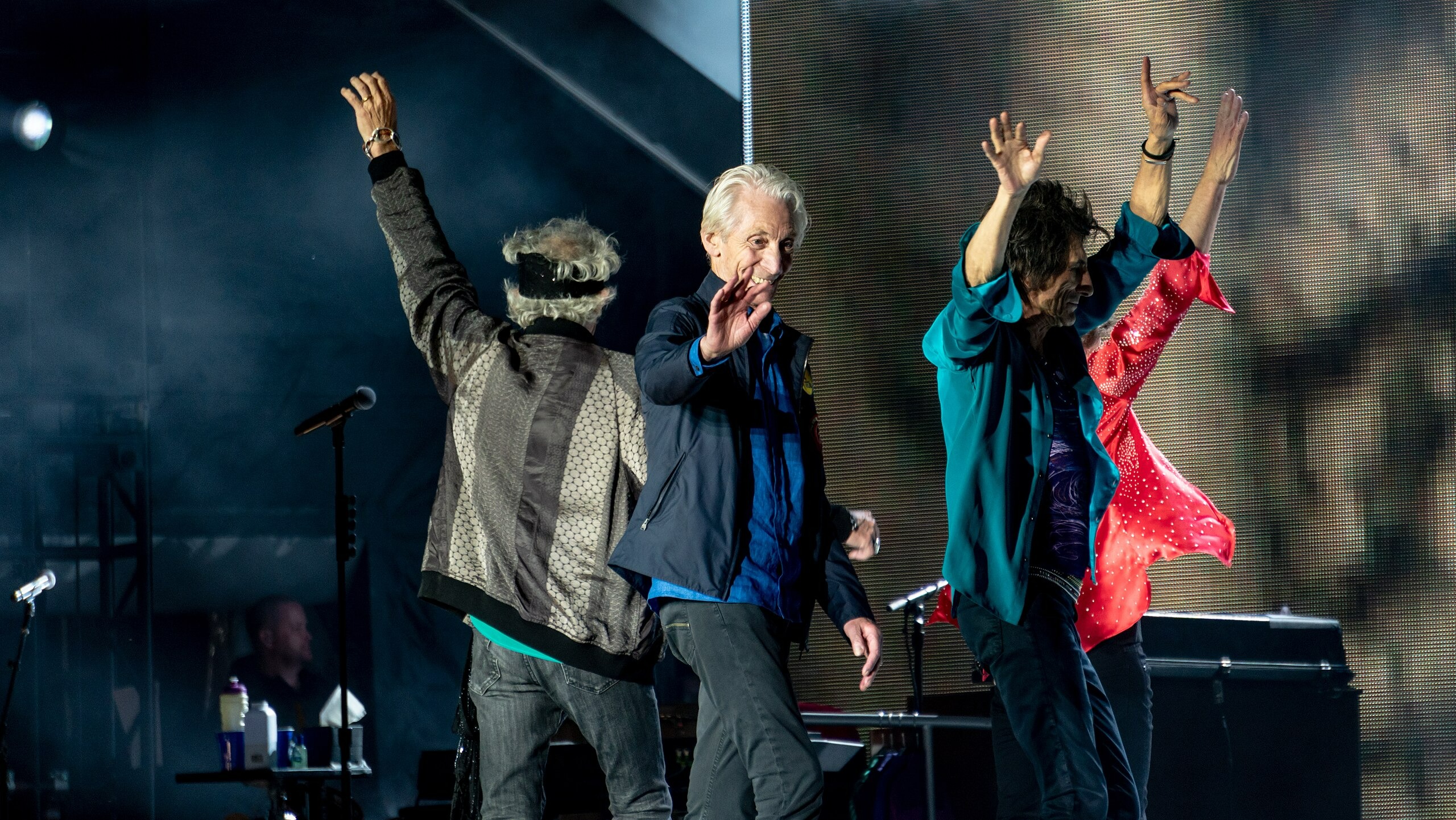
Musical reinvention is the artistic equivalent of changing majors senior year – terrifying, potentially catastrophic, but occasionally brilliant. When artists attempt the high-wire act of genre transition, they’re essentially rewiring their creative DNA while fans watch in real time. Some of the most fascinating musical reinvention examples can be seen in how bands have changed their names and identities to adapt to new trends and audiences. Some crash spectacularly, leaving behind sonic wreckage that makes you wonder if they ever listened to their own music. Others transform so completely they make metamorphosis look like a minor outfit change, proving that creative evolution beats creative stagnation every time.
In today’s algorithm-driven world, successful genre transitions require perfect timing, authentic execution, and enough courage to alienate your existing fanbase while gambling on attracting new listeners. The evolution of the music industry has dramatically changed how artists reinvent themselves, with digital platforms and shifting audience tastes rewarding those who adapt and innovate.
5. The Triumphs: Taylor Swift

Taylor Swift‘s evolution from Nashville sweetheart to pop powerhouse wasn’t just a genre shift – it was a masterclass in career reinvention that sold over 10 million copies worldwide. Her 2014 album “1989” marked the definitive break, moving 1.287 million copies in its first week alone, and is frequently listed among the best-selling albums of the modern era.
Taylor Swift’s “1989” marked a pivotal moment in her career, with 1989 album sales data confirming its status as one of the best-selling albums of the decade and highlighting the success of her genre transition. The shift alienated some country purists but expanded her audience exponentially, spawning three #1 singles and winning Album of the Year at the 2016 Grammy Awards.
4. The Triumphs: Childish Gambino

Childish Gambino‘s musical evolution represents perhaps the most dramatic sonic transformation on any list of successful reinventions. His early mixtapes positioned him firmly in hip-hop territory, with clever wordplay that appealed primarily to his “Community” TV show fanbase.
Childish Gambino’s “Awaken, My Love!” received widespread acclaim, with Awaken, My Love! Grammy recognition underscoring the album’s impact and validating his bold move into funk and soul. The album’s standout track “Redbone” became a slow-burning phenomenon, eventually going 5× Platinum and winning a Grammy for Best Traditional R&B Performance, proving that authentic artistic vision trumps genre loyalty.
3. The Triumphs: Darius Rucker

Transitioning from rock to country typically works about as well as using Instagram filters to fix a bad haircut – technically possible but rarely convincing. Darius Rucker defied those odds with surgical precision and genuine respect for his new genre.
Darius Rucker’s move from rock to country was groundbreaking, with country chart history confirming his status as the first Black solo artist since 1983 to top the Billboard Hot Country Songs chart. After selling over 21 million albums as Hootie & the Blowfish‘s frontman, Rucker pivoted to country in 2008 with “Learn to Live.” His debut single “Don’t Think I Don’t Think About It” topped Billboard’s Hot Country Songs, making him the first Black artist since Charley Pride to achieve country chart dominance.
2. The Triumphs: Beyonce

Beyoncé‘s career represents less a single genre transition than a continuous evolution that has allowed her to incorporate elements of R&B, pop, hip-hop, country, afrobeats, and house music while maintaining her cultural dominance through sheer artistic excellence.
Beyoncé’s genre-blending approach reached new heights with “Cowboy Carter,” as her Cowboy Carter Grammy win demonstrates the industry’s recognition of her innovative artistry. Her 2022 album “Renaissance” embraced house music and ballroom culture while paying homage to Black and LGBTQ+ musical pioneers, winning Best Dance/Electronic Album at the Grammys. Then came “Cowboy Carter,” a daring pivot into country music that explored Southern sounds and made her the first Black woman to top the country album charts.
1. The Triumphs: Poppy

Starting with over 100 million YouTube views for her surreal electropop content, Poppy‘s radical pivot to metal on her 2020 album “I Disagree” seemed like creative suicide. Instead, it became artistic rebirth through sheer audacity and commitment.
Poppy’s leap into metal was validated by her Bloodmoney Grammy nomination, making her the first solo female artist to be recognized in the Best Metal Performance category. The album featured heavy guitar riffs, industrial noise, and screamo elements that critics praised for boundary-pushing innovation.
5. The Disasters: Snoop Dogg

Unlike artists who subtly evolve, Snoop Dogg‘s transformation into Snoop Lion felt jarring and inauthentic. His 2013 album “Reincarnated” saw the West Coast rap icon embrace reggae and dancehall, supposedly inspired by a spiritual journey to Jamaica and Rastafarianism.
Snoop Dogg’s reggae phase as Snoop Lion received mixed feedback, with a Reincarnated album review highlighting both the album’s strengths and its struggles with authenticity. The persona showed zero sustainability, and Snoop eventually returned to hip-hop, suggesting the reggae experiment was more marketing stunt than artistic evolution.
4. The Disasters: Lil Wayne

Following “Tha Carter III“‘s massive success, anticipation for Lil Wayne‘s next move was sky-high. Rather than capitalizing on his rap dominance, he moved into rock with the 2010 album “Rebirth” – a decision that makes about as much sense as ordering sushi at a gas station.
Lil Wayne’s “Rebirth” was met with widespread criticism, as the Rebirth album critical response shows a consensus among reviewers about the album’s shortcomings. The album failed to resonate with either his hip-hop base or rock listeners, selling over one million copies but earning universal critical disdain.
3. The Disasters: Vanilla Ice

Novelty acts often fade quickly, but Vanilla Ice‘s attempted career resurrection through nu-metal was spectacularly misguided. Never known for critical acclaim beyond “Ice Ice Baby,” his drastic shift into heavy music with 1998‘s “Hard to Swallow” felt desperate rather than inspired.
Vanilla Ice’s attempt at nu-metal with “Hard to Swallow” was widely panned, as a Hard to Swallow album review details the album’s lack of cohesion and authenticity. The album barely charted and went straight to bargain bins, proving that desperation-driven reinvention rarely works when you’re starting from a position of limited credibility.
2. The Disasters: Jewel

Unlike the folk-infused melodies that defined her breakthrough success, Jewel embraced glossy dance-pop on her 2003 album “0304” – a transformation that felt as natural as watching your grandmother attempt TikTok dances.
Jewel’s dance-pop experiment “0304” received mixed reviews, with the 0304 album critical reception highlighting both praise for her versatility and criticism for the abrupt change in style. She appeared visibly uncomfortable in the new persona, making performances feel desperate rather than authentic.
1. The Disasters: Machine Gun Kelly

Machine Gun Kelly‘s 2020 shift from rap to pop-punk, spurred by Travis Barker‘s production, achieved commercial success with “Tickets to My Downfall” but raised serious questions about authenticity versus opportunism in modern music.
Machine Gun Kelly’s shift to pop-punk with “Tickets to My Downfall” ignited debates, with a Tickets to My Downfall review exploring both the album’s mainstream appeal and questions about its authenticity. His positioning as a modern punk icon came at the cost of respect from genre purists who viewed his transformation as calculated rather than organic.





















